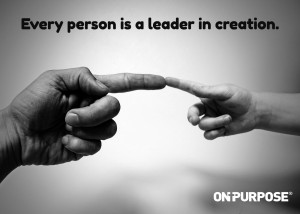Does fear interfere with your life, business, or career?
What’s your fear? What are you fearful of? Where in your life do you say, “I am afraid of … ,” yet you know it is a hang-up—not a danger to your life or limb?
Would you like to be at a place where you can say, “I am not afraid” … and mean it? Read on!
Fear, like pain, is partially designed to be our friend, not our foe.
- Fear keeps us from being in harm’s way.
- Fear protects us from injury, peril, and even death.
- Fear provides for self-preservation.
This is our good or helpful fear.
Bad or harmful fear debilitates our inherent motivation and destroys our confidence. The ripple effects beyond oneself can damage relationships, opportunities, jobs, finances, and more.
- Fear can be an occupying foe taking up unjust strongholds in our spirit, mind, and body.
- Fear can lead to anxiety that spawns a panic attack that triggers the fight or flight reaction.
This fear is unhealthy in every aspect.
Fear is not to be necessarily avoided; it is, however, to be understood.
Fear is a God-given guidepost to growth and healing. Facing fear, however, is not a solitary endeavor. Be wise and seek the help of a professional counselor or therapist skilled in working you through your fear in a progressive manner.
Why bother?
If you’re locked in unhealthy fears, your aspirations and dreams are muted.
When fear prevails it is hard to be on-purpose.

 outcome for everyone involved. It is a poor investment of their time.
outcome for everyone involved. It is a poor investment of their time.